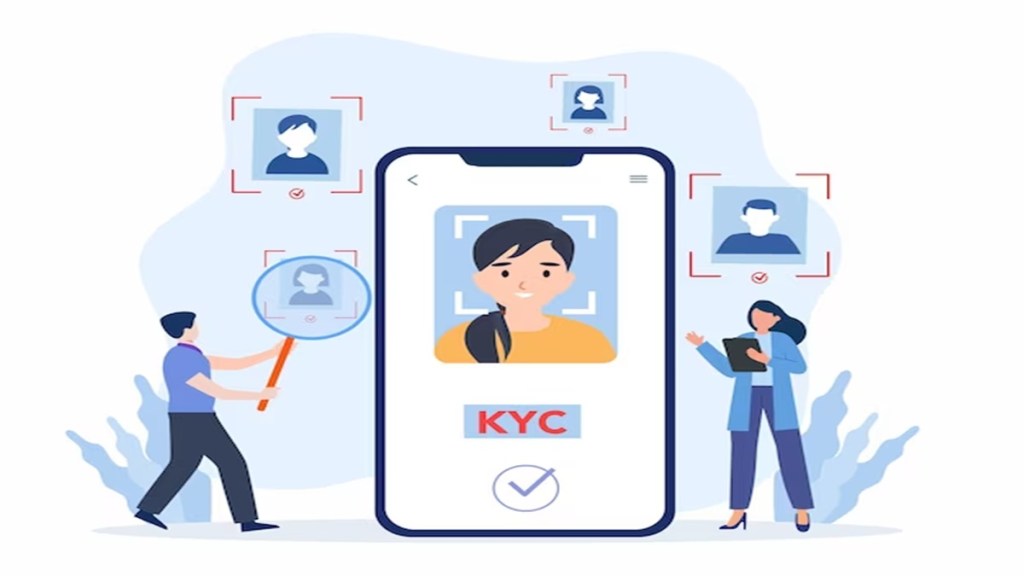Fintechs have expressed concern that higher costs and a weak technology infrastructure have made the know-your-customer (KYC) process challenging, especially in tier-3 cities and below.
Recent amendments to Reserve Bank of India’s (RBI) KYC norms in 2023 have left lenders with no choice but to conduct a video customer identification process (V-CIP) or an offline process, which has led to a rise in costs.
“The business model of fintech lenders is digital with minimum physical footprint, thus any physical due diligence in non face-to-face customer onboarding increases the turnaround time and affects uptake of financial services,” said Digital Lenders Association of India chief executive officer Jatinder Handoo.
In 2023, RBI tagged the centralised KYC database (c-KYC) and DigiLocker as high risk, meaning that accounts opened in non face-to-face mode shall be subjected to enhanced monitoring until the identity of the customer is verified through video KYC or a face-to-face manner. The RBI’s diktat is specifically applicable to accounts opened in non face-to-face mode.
RBI’s move came amid concerns over the quality of data available in the database. In light of tight regulatory scrutiny and compliance requirements, lenders have opted to use video KYC or the more expensive physical KYC.
“The minute we look at migrating to physical tools for doing KYC, it just drives the opex higher and many of the products may not make sense,” says Akshay Mehrotra, co-founder, Fibe.
Industry estimates suggest that a video KYC can cost anywhere between Rs 15-30, and the cost of a physical KYC can go up to around Rs 100. On the other hand, searching data on the C-KYC registry is free and downloading the data costs a rupee.
“Remember that compliance is of utmost importance. You cannot be non-compliant ever. You may let go of a few customers who cannot provide the right amount of KYC. That is the balancing act that needs to be done,” said Mehrotra. Apart from the weak digital infrastructure in far-flung areas, experts highlight that some uncooperative customers have made the process more cumbersome.
“Regarding V-CIP, challenges have been reported and we have communicated the same to the regulator, one being related to weak soft infrastructure in tier 3 cities and below,” Handoo said. “There is also consumer behaviour related issue. If a V-CIP session has to be redone due to any reasons, customers tend to lack patience and sometimes may walk away,” he added.
In such a scenario, experts feel that graded requirements based on risk and ticket size will help make the process more cost-effective. Here, fintechs could be allowed to tap into a C-KYC or DigiLocker for small-ticket loans. On the other hand, a physical of video KYC may be used for a larger ticket size.
“A request that we have been having is to bring back the e-KYC that was taken away post the Supreme Court ruling. While this is slowly being given back to banks and some NBFCs, the process is ongoing,” says Anil Pinapala, founder and chief executive officer, Vivifi India Finance.


